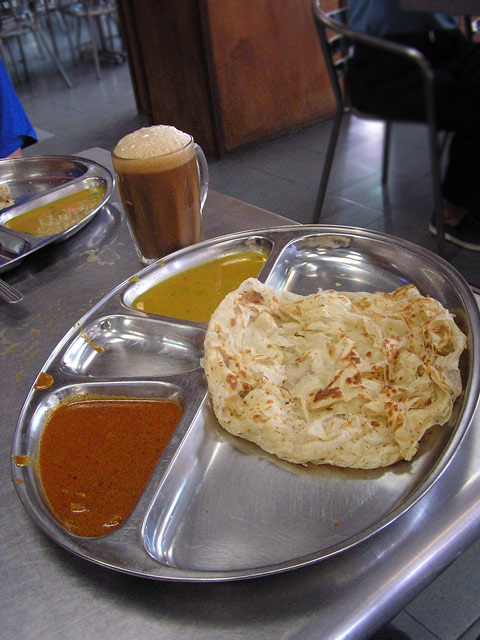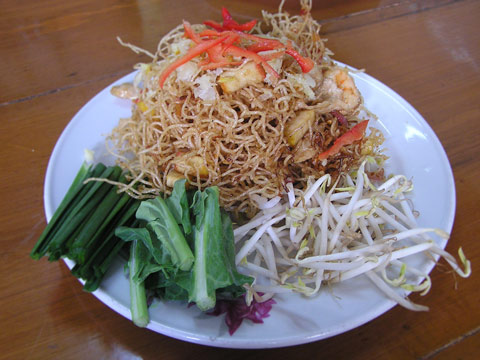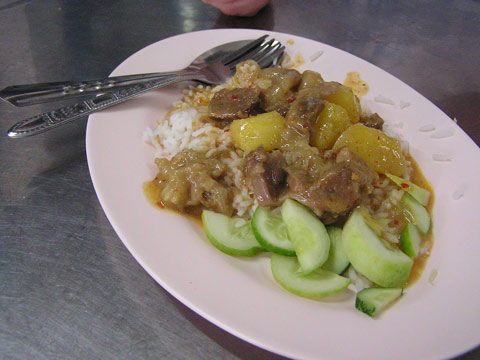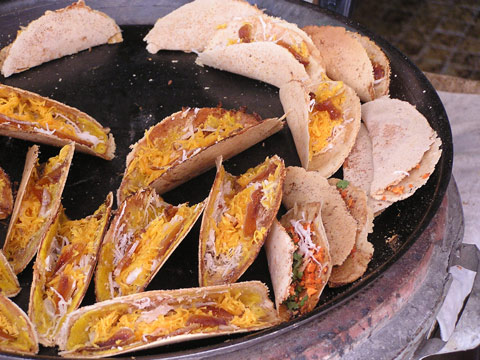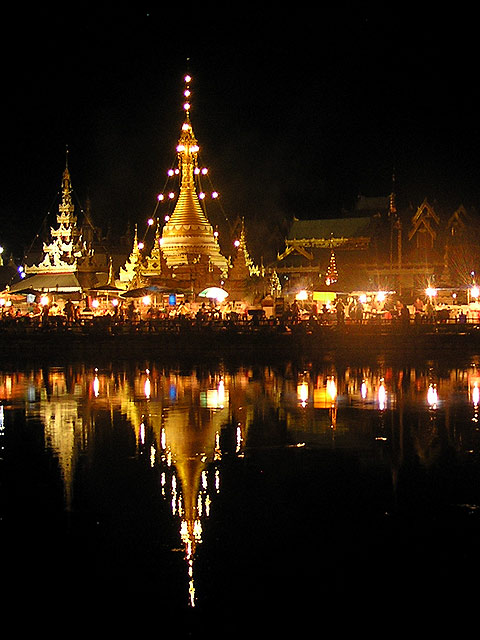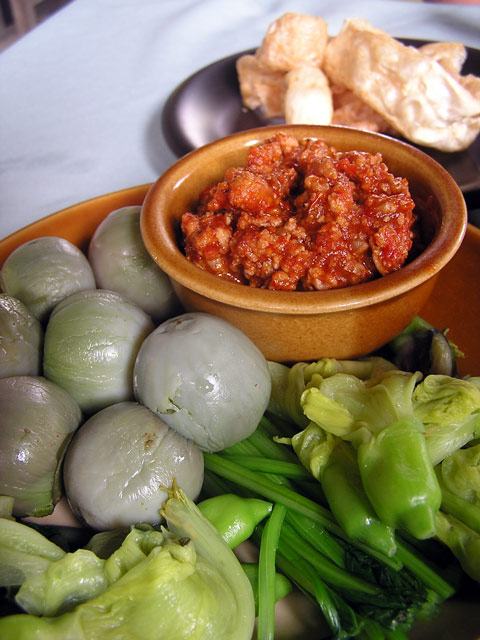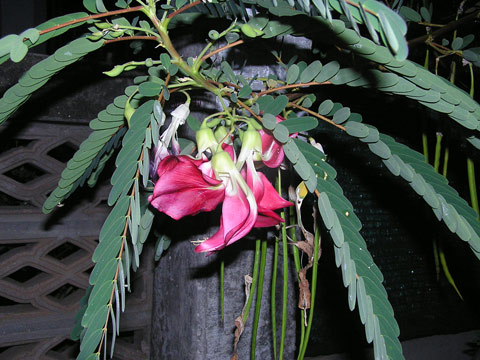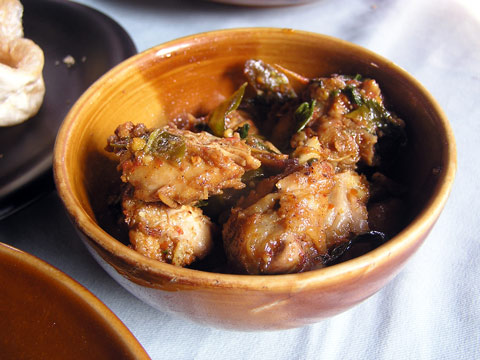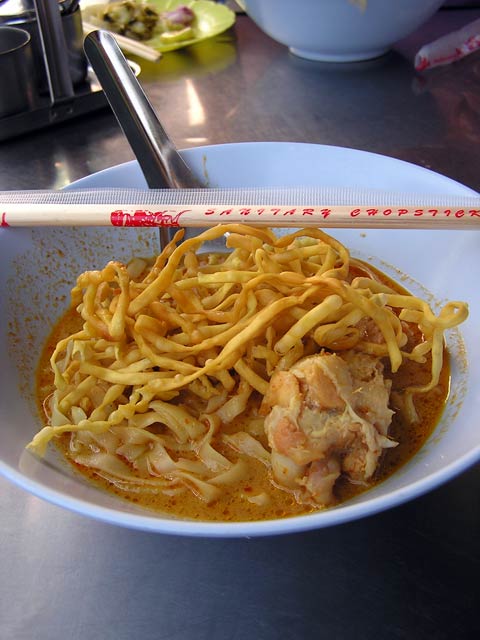Sitting at a breakfast of roti canai and kopi, you start to wonder if the roti could be flakier, less oily. If a few more layers of the papery pastry was possible. If only you’d stopped at the neighbouring nasi kandar vendor who will give you a knowing look as you depart past him. There is a creeping feeling that you’ve missed eating something vital. In this way, slowly, the Malaysian island of Penang burrows deep within you and drives you insane. It is one of the few towns on earth where savouring food, above all else, is a total obsession pursued by an army of fanatic and devout locals. Everyone that you meet has a food story, a favourite haunt, a noodle joint that is in decline but they can’t stop eating there because the vendor will discover their infidelity. It is but a small island.
The curry breakfast – roti with a few spoonfuls of daal – is the perfect start to the day. The hit of chilli heightens the experience of that first bump of caffeine like cutting your heroin with methamphetamines. It is a primer for the task at hand: devouring an island like an insatiable food junkie.
Nasi kandar was introduced to Penang by Indian Muslim hawkers in the 1930s, who plied their rice (nasi), curries and sweets door to door from a pair of rattan baskets balanced on each end of a kandar stick. While the individuals hawkers moved into corner cafes and Chinese shop houses over time, there are still a minority of vendors who carry their food by kandar (and bicycle) into the Penang suburbs. There are hundreds of nasi kandar joints to try; almost every second stall in Penang’s compact Little India has the flat grill for roti; identical stainless steel Bain Maries of the day’s fried fish, chicken, or squid; and a cornucopia of curries in giant saucepans. Not to mention that streets throughout the island’s suburbs are rife with them.
My picks for nasi kandar:
Kayu Nasi Kandar
This restaurant looks like the sort of place worth avoiding, with its flashy sign, clean interior and chrome chairs mocking the external patina of grime that other nasi kandar restaurants wear as a badge of honour for their decades of service. Their young roti chef is the master. He works split shifts from early in the morning until about 10:00am, has a long lunch until about 4:00pm, and then starts again for the dinner crowd. Eat their roti chanai in the mornings, curry kapitan later in the day.
Location:216 Penang Road, Georgetown
Kedai Kopi Yasmin
Almost directly opposite Kayu Nasi Kandar, and next to the shabby alleyway of Nasi Kandar Line Clear (so named because its owner would yell “Line clear” whenever the queue for curries ended.). They tend to close down their roti grill a little earlier than Kayu.
Restoran Hameediyah
According to the staff’s greasy t-shirts (in my books, as reputable a source as a peer-reviewed journal) this place has been serving the same dishes for 100 years. Think about that the next time that a waiter reads out the day’s specials to you.
Location: 164A Campbell St, Georgetown
See also: a Penang local’s tips to nasi kandar
